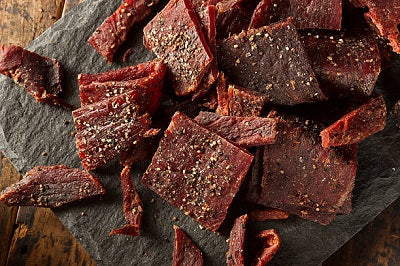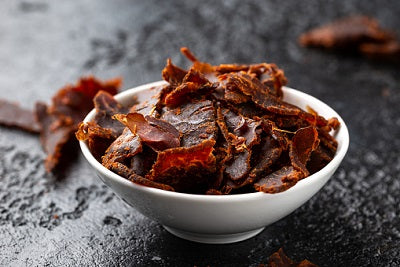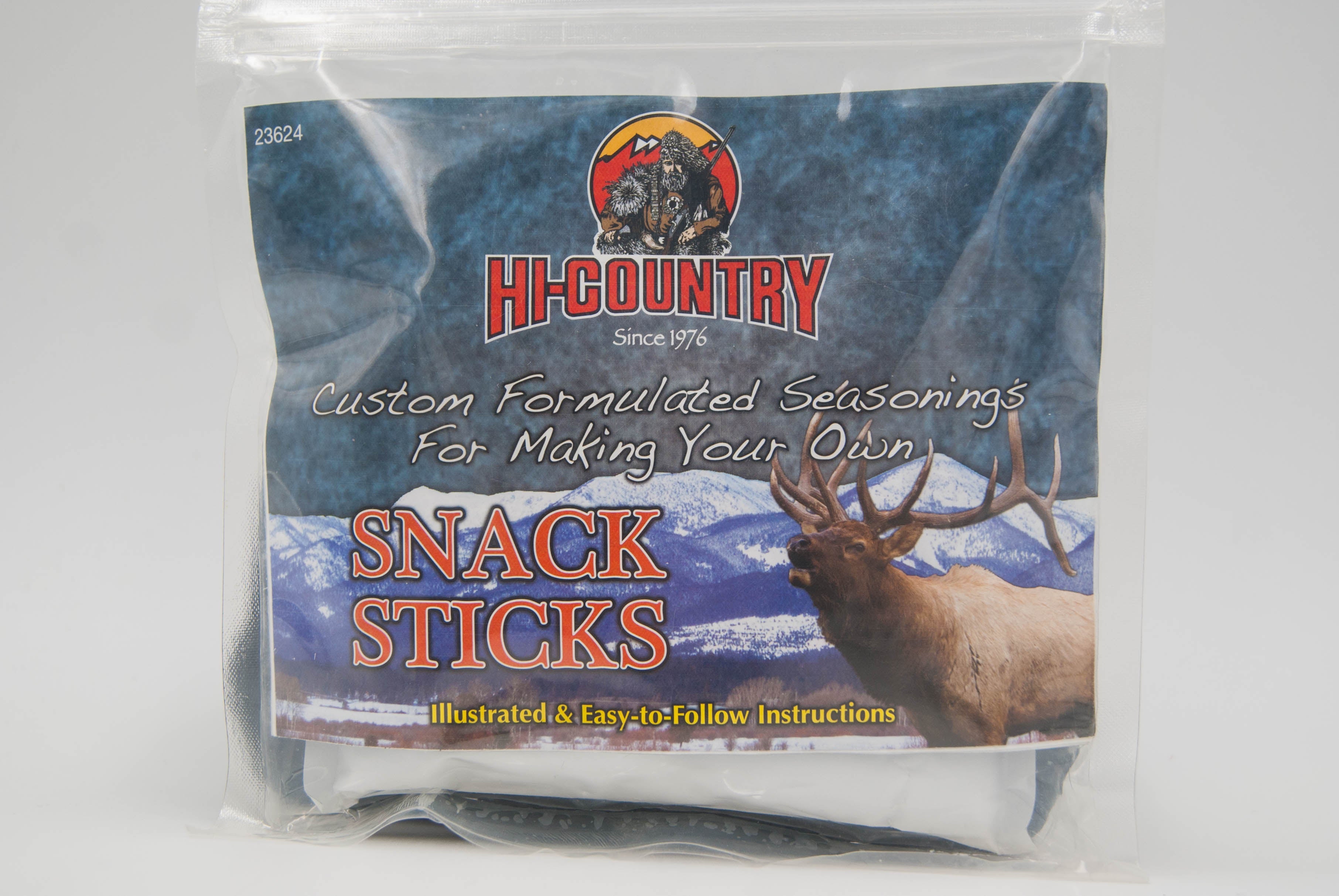Beef jerky is a popular and easy-to-carry snack.
The word "ch'arki" means "dried, salted flesh" in Quechua.
Beef jerky is made from lean beef that has been marinated in a variety of sauces, spices, and other flavors. It then goes through a series of processing stages, such as curing, smoking, and drying, before being packaged for sale.
Jerky made of beef have long been popular, but the meat snack category has expanded to encompass a wide range of shapes and flavors. Strips, steaks, nibbles, and sticks now contain chicken and turkey, as well as exotic animals like elk, bison, and ostrich, in addition to beef.
Many people worry whether jerky is a healthy or unhealthy snack because it is considered a snack item.
This article examines whether beef jerky is healthy and how to get the most out of it.
Nutrition and potential benefits
Beef jerky is healthy and nutritious food in general.
Because of its high protein and low carb content it has a healthier nutritional profile than many other snack foods. It is suitable for several diets, including low carb and paleo.
It's also high in minerals like zinc and iron, needed for various functions like immune support and energy production.
Jerky made from beef has a long shelf life and is lightweight, making it a good choice for travel, hiking, and other situations where fresh food is scarce and a protein boost is needed.
Jerky is a high-protein snack that is healthful, tasty, and filling, and it can aid in your workout and recovery. It can, however, be used as a substitute for ingredients that are troublesome or contain hidden sugars. Look for jerky made with natural ingredients such as beef and flavorings and, ideally, no artificial ingredients.
Beef jerky is abundant in zinc, iron, vitamin B12, phosphorus, and folate and is a strong source of protein. It also has a long shelf life and is portable, making it an excellent alternative for on-the-go use.
Also, have in mind that not all dried meats are jerky.
A moisture-to-protein ratio of 75 to 1 is recommended. Meat bars, for example, are dried meat, but because of the moisture level, they aren't strictly jerky. That isn't inherently a terrible thing, but jerky has a more excellent ring than a meat bar.
How To Make Beef Jerky Sticks
Snack Sticks are meat snacks that are placed into a small diameter casing and are semi-dried sausage. Typically, a collagen casing is utilized. However, natural casings or even skinless snack sticks are suitable alternatives. Most snack sticks have a low pH, ranging from 4.5 to 5.2, which gives them their distinctive sour flavor and aids shelf stability. Low water activity is another assistance for shelf stability since it binds water in the meat snacks, making it unavailable for microbial growth. Although a home meat processor cannot monitor water activity, we nonetheless set up our procedure and thermal processing to try to attain a reduced water activity.
Beef jerky sticks can be made with almost any meat, including beef, pork, chicken, other fowl, wild game, or a combination of meats. Experts recommend a lean-to-fat ratio of at least 80/20 and, in many cases, 30 percent fat, with a maximum of 40% fat. Because fat provides the majority of your flavor, changing your lean-to-fat ratio will alter your product's overall taste and mouthfeel.
You can produce soft, tasty beef jerky with several cuts of cattle. While the best cuts are top round, bottom round, pectoral, and lifter, flank and skirt steak can also be used to produce jerky.
How To Choose The Best Cut of Meat for Beef Jerky Sticks
While there are no hard-and-fast rules for selecting a cut of meat for your beef jerky, we'll provide some general tips to assist you in making the best decision possible.
Fat Content—
This is one of the most significant characteristics to consider when selecting a cut of beef for jerky, and it's the first one to consider because fat cannot be completely dehydrated when creating jerky; thinner cuts are preferred.
If you add too much fat to your jerky, it will spoil faster, and if you plan to consume all of your jerkies within a few days, though, you can safely choose a cut with slightly higher fat.
Intermuscular vs. Intramuscular Fat:
Intermuscular fat surrounds the protein and should be removed before beginning the jerky-making process. Making jerky is easier when you choose beef with the least amount of intermuscular fat. The marbling that runs between muscle fibers is known as intramuscular fat. When creating jerky, more marbling is ideal since it adds tenderness, juiciness, and flavor.
Select Cost-Effective Cuts:
Buying fresh, high-quality beef is preferable to purchasing the most expensive cut available. Tender jerky can be made from even the toughest chunks of meat. It's usually best to save the more expensive cuts, such as ribeye and filet mignon, for other occasions.
Yes, ground beef may be used to make jerky. It's more complicated, though, and the finished result isn't always as flavorful as utilizing whole muscle beef. The texture of ground beef jerky will be very different from that of regular jerky. If you go this route, use the leanest beef you can find and look into getting a "jerky gun" to help in the process.
Spices for Beef Jerky Selection
It can be challenging to choose the correct seasonings for your beef jerky sticks. When making a cracked pepper beef snack stick, for example, you'd want to include garlic, onion, and coriander, all of which are amplified by cracked pepper, to achieve a full, rich, eastern flavor. This pairing usually has a lot of flavor and looks fantastic.
You may get a discount on spices from Hi-Country right now. Hi-Country Wild Game Seasoning Division is a beef jerky manufacturing firm that is glad to deliver wholesale amounts of Jerky and Sausage Seasonings in the most popular tastes.
Because seasonings have a lengthy shelf life, we've packaged our spice bags and cure packets in individual batch size units to ensure your Hi-Country Jerky Seasonings and Cure stay fresh for longer.
Purchasing in bulk is the most cost-effective option for hunters, ranchers, friends, and families who want to process larger amounts of wild or domestic meat.




